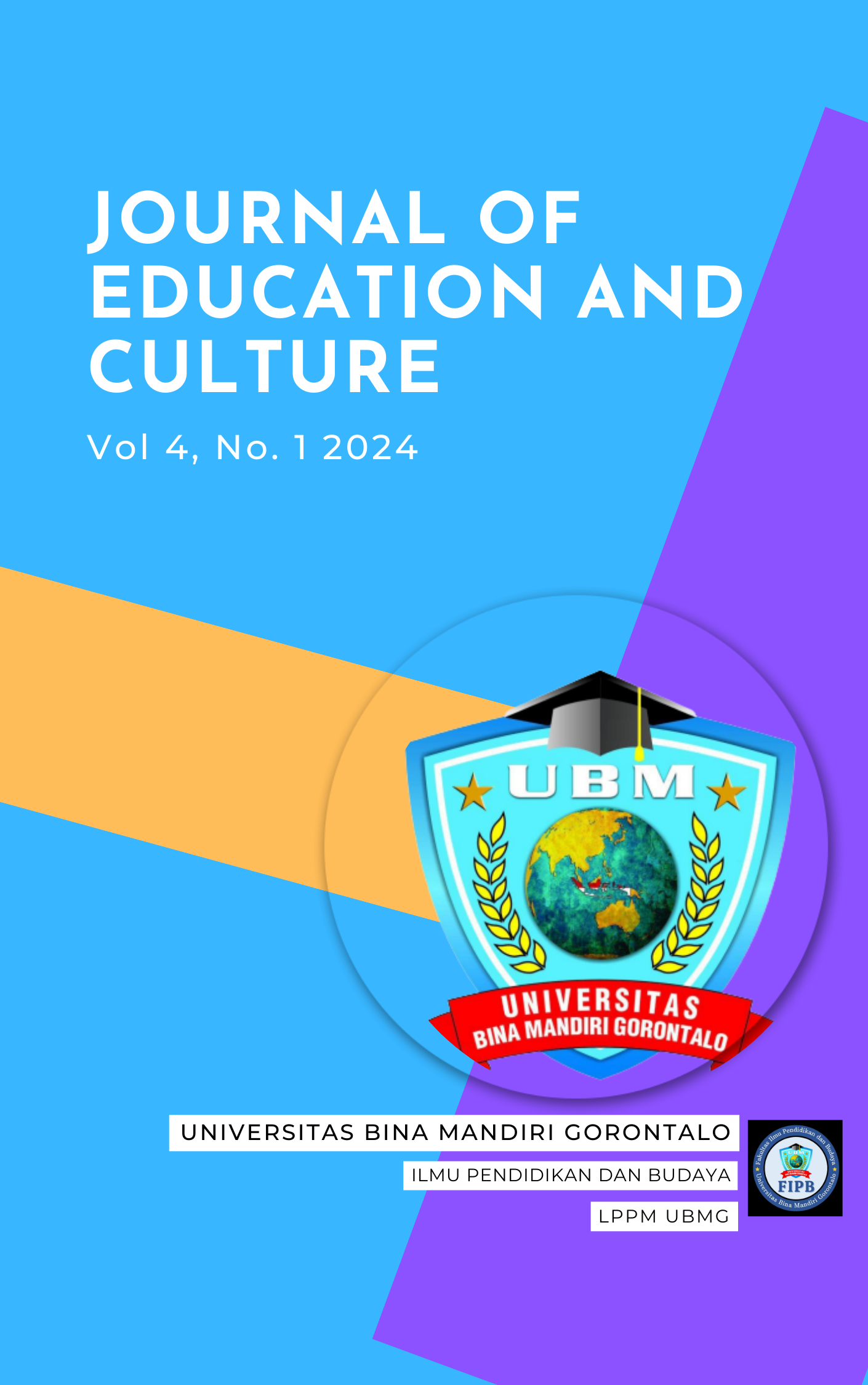APPLICATION OF A PARTICIPATORY LEARNING MODEL SUITABLE FOR PRIMARY SCHOOL CHILDREN
Abstract
This article discusses the application of a participatory learning model that is suitable for elementary school (SD) children. This learning model provides opportunities for children to be actively involved in the learning process by involving their active participation. The participatory learning model can be a great alternative for creating an active and interactive learning environment that actively involves children. This model encourages active student involvement. Active engagement also improves understanding and retention of data and improves social skills such as communication, cooperation and joint problem solving. Through this model, students also gain critical thinking skills, independence and self-confidence. They also learn how to deal with problems creatively. This article was conducted using qualitative research methods in presenting descriptive data. Although there are challenges in implementing this model, with support and collaboration between teachers, parents, and the community, we can create a constructive and meaningful learning environment for elementary school children. In this article, we will explain an introduction to the participatory learning model, the advantages of using this model, how to apply it in the learning context of elementary school children, examples of using this model, as well as steps in facing challenges in implementing it.
References
[2] Sijabat, O. P., & Sihombing, L. N. (2021). Peningkatan Aktivitas dan Hasil Belajar IPS Melalui Model Pembelajaran Partisipatif Teknik Nominal Group Di SD Negeri No. 122358 Pematangsiantar. NATURALISTIC : Jurnal Kajian Penelitian Pendidikan Dan Pembelajaran, 6(1), 1002–1018. https://doi.org/10.35568/naturalistic.v6i1.964
[3] Sappaile, B. I., Ahmad, Z., Putu, I., Dharma Hita, A., Razali, G., Lokita, R. D., Dewi, P., & Punggeti, R. N. (2023). Model Pembelajaran Kooperatif: Apakah efektif untuk meningkatkan motivasi belajar peserta didik? Journal on Education, 6(1), 6261–6269. https://jonedu.org/index.php/joe/article/view/3830
[4] Sugiyono. 2018. MetodePenelitianKuantitatif, Kualitatif, dan R&D. Bandung: Alfabeta.
[5] Pendidikan, F. I., Mandiri, U. B., & Gorontalo, K. (2022). CONTOH TINGKAH LAKU AFEKTIF. 2.
[6] Paputungan, F., Pendidikan, T., Pendidikan, F. I., Mandiri, U. B., & Gorontalo, K. (2022). TEORI PERKEMBANGAN AFEKTIF pendidikan formal . Pendidikan afeksi justru harus diberikan kepada anak sedini dalam kehidupan sehari-hari . Kesibukan dan kebutuhan hidup keluarga yang sering. 2, 87–95.
[7] Samsudin, M. A., Situbondo, U. I., & Activities, L. (2021). PERAN GURU PROFESIONAL SEBAGAI. 5(2).











